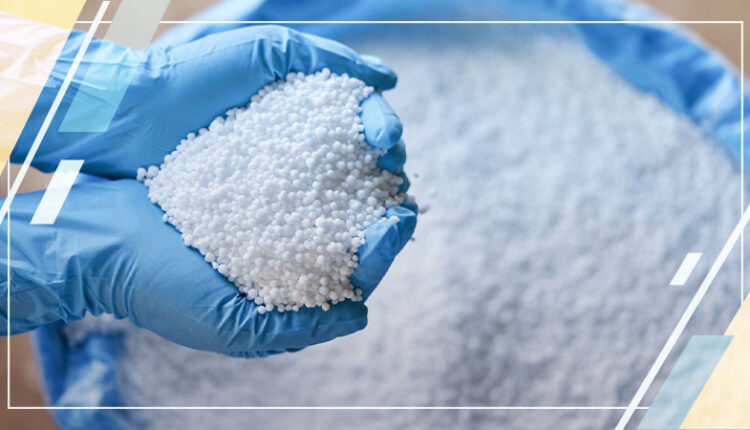Are you baking a cake and wish to have a secret ingredient that prevents clumping? Or is your construction project lacking a robust and integral component that leads to the rapid growth of buildings and businesses? Then look no further than silicon dioxide, a hidden gem that is paving the way for various industries. From the construction industry to the realm of electronics, silicon dioxide stands as a fundamental building block.
So, let’s delve into the captivating realm where the unsung hero is revolutionizing the way we build, create, and innovate.
What is Silicon Dioxide?
Silicon dioxide or silica is a naturally occurring compound constituting silicon and oxygen. It is abundant in our environment and can be found in various forms, such as quartz and sand.
The silica formula is SiO2 and is found naturally in many foods, including bananas, eggs, fish, grains, green beans, leafy greens, milk, and water. It is also added to foods and products as an ingredient, such as salt, spices, sugar, and cosmetics. Our bodies use silica to support the development of bones and connective tissues.
How is Silicon Dioxide Paving the Way in Various Industries?
Silica has a wide range of uses in various industries. Here are some prominent applications of silica:
● Food and Beverage Industry
It is used as a food additive in various forms. Silicon dioxide in food serves as an anticaking agent to prevent clumping in powdered food products such as spices, salt, and sugar. It is also used as a carrier for flavors and as a clarifying agent in beverages like beer and juice.
● Construction Industry
Silica is used in the construction industry to produce concrete. It acts as a filler material, enhancing the strength and durability of concrete structures.
● Chemical Reactions
Silica is chemically inert and is often used as an inactive container for chemical reactions. It is also used in high-temperature reactions, where it can be converted to silicon by reduction with carbon.
● Pharmaceutical Industry
In the pharmaceutical industry, silica is used as an excipient, which is a pharmacologically inactive substance. Silicon dioxide in supplements helps prevent powdered ingredients from sticking together. In tablet-making, it serves as an adsorbent, disintegrant, or glidant to allow powder to flow freely during tablet processing.
● Cosmetics
Silica is used in cosmetics, particularly in powders, to improve texture, absorb moisture, and provide a smooth feel on the skin.
Uncovering the Potential Adverse Effects of Silicon Dioxide
Silicon dioxide side effects have become a subject of interest for researchers. Numerous theories exist regarding its potential health implications. There is ongoing research on the potential effects of silicon dioxide nanoparticles. Some studies suggest that exposure to these nanoparticles may have neurotoxic effects and could be considered a risk factor for neurological disorders. A study in the Journal of Applied Toxicology found that silica nanoparticles have a low potential to cross the gastrointestinal tract, which may cause gastric issues. However, more research is needed to fully understand the impact of oral exposure to silicon dioxide nanoparticles.
The European Food Safety Authority (EFSA) has reevaluated the safety of silica as a food additive, stating that long-term exposure to silica dust through inhalation can pose health risks. This study concluded that food-grade silica consumption is safe within the established limits.
Safety First: Precautions to Take When Handling Silicon Dioxide
To avoid any issues due to excessive contact with silica (SiO2), below are some precautionary steps to follow:
- Avoid inhaling the fine dust of silica, which can be harmful to your lungs, so wear a mask when working with it.
- When using products containing SiO2, like cleaning agents, ensure good ventilation to prevent breathing in any fumes.
- Be cautious around powders or dust that contain silicon dioxide to protect your eyes, and wear safety glasses.
- Avoid prolonged skin contact with SiO2, as it can dry out your skin, so use gloves if needed.
- Store products with silica in a cool, dry place, and keep them away from kids and pets.
Bottom Line
Silicon dioxide, or silica, is a hidden gem found abundantly in the crust of the Earth. It shows a promise to revolutionize many industries with its significant potential. From construction and food to cosmetics and electronics, this remarkable compound continues to push the boundaries of innovation.
As we step into a new age of technology, it’s pretty clear that silicon dioxide will play an even more significant role in shaping our future. Its unique properties and adaptability make it a key ingredient in countless discoveries and inventions. However, we must also remain mindful of its potential side effects and take the necessary precautions to ensure its safe use.


